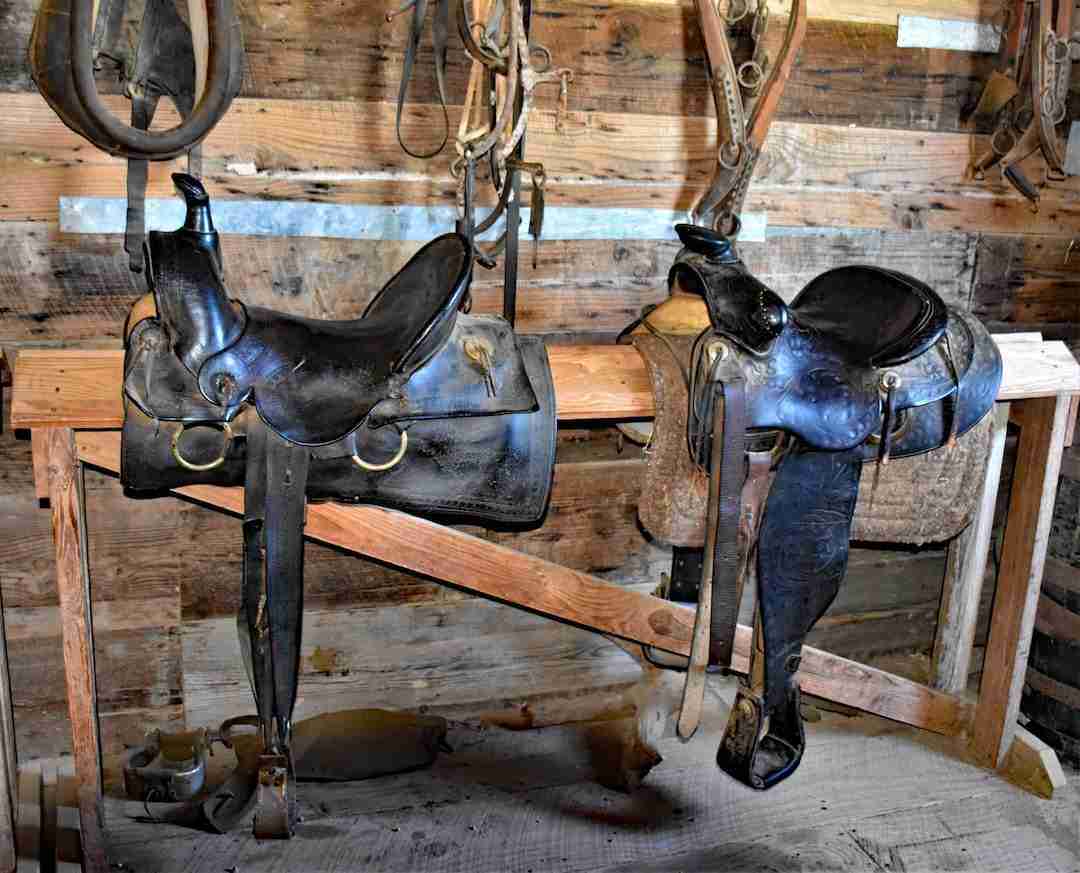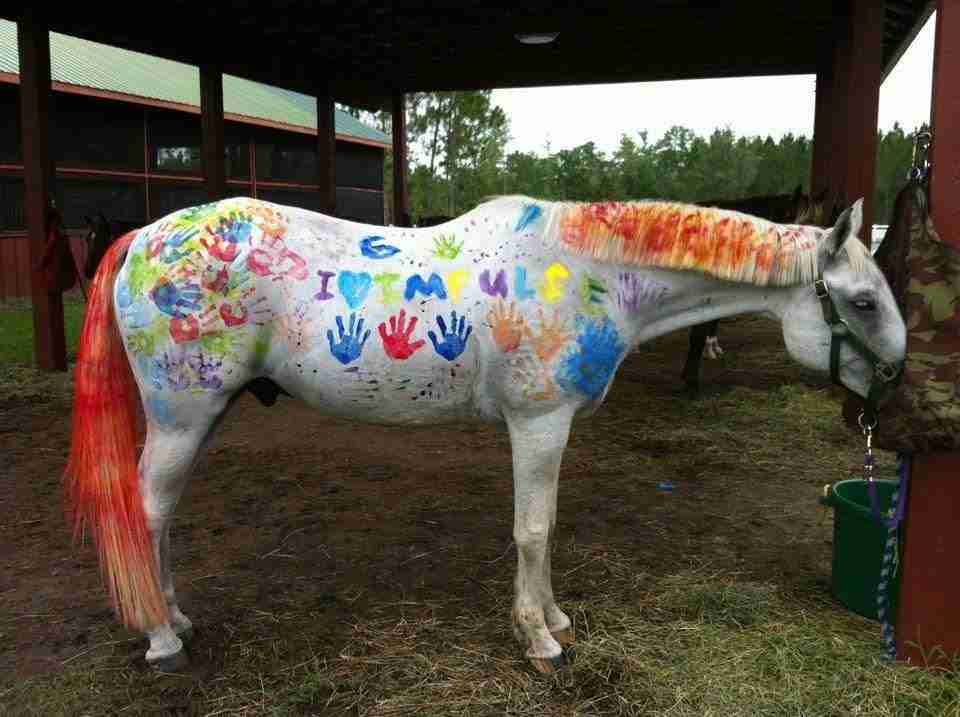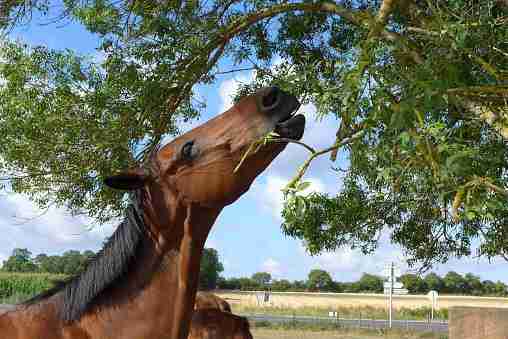Who is the boss mare and what she means to the herd? A very common asked by horse lovers. Horses are herd animals, and out in the wild, different tasks ensuring the herd’s survival are delegated or taken on by certain horses. One of these horses is the boss mare, and like the stallion in a herd, she has a specific role to play. What is it? Let’s find out.
A boss mare can be considered to be the “mother” of a herd, keeping other horses in the group in check. Additionally, she is responsible for guiding the herd to food and water, is in control of their daily routine and movement, and overlooks the herd ensuring their overall wellbeing.
This article will outline and detail all the essential and crucial factors pertaining to a boss mare. You will learn everything there is and everything that you wanted to know about a boss mare and what she means in a herd relating to dominance, her role, her capabilities, and more.
What The Boss Mare Means To The Herd
If a stallion is considered to be the “father” of the herd, then the boss mare is undoubtedly the “mother.”. As the stallion’s role is to father new foals each season, protect the herd from outside threats, and oversee discipline as a whole in the herd, so too will a boss mare have her role within the hierarchical structure of the herd.
A boss mare is responsible for leading the herd to pastures where there is sufficient grazing (food) and to water sources (water supply). Additionally, the boss mare is responsible for controlling the daily routine and movement and ensuring the herd’s overall well-being.
This is the overview and outline of the general tasks that a boss mare undertakes within a herd. We will go over these aspects in more detail, but first, let’s get a clear picture of what a boss mare is.
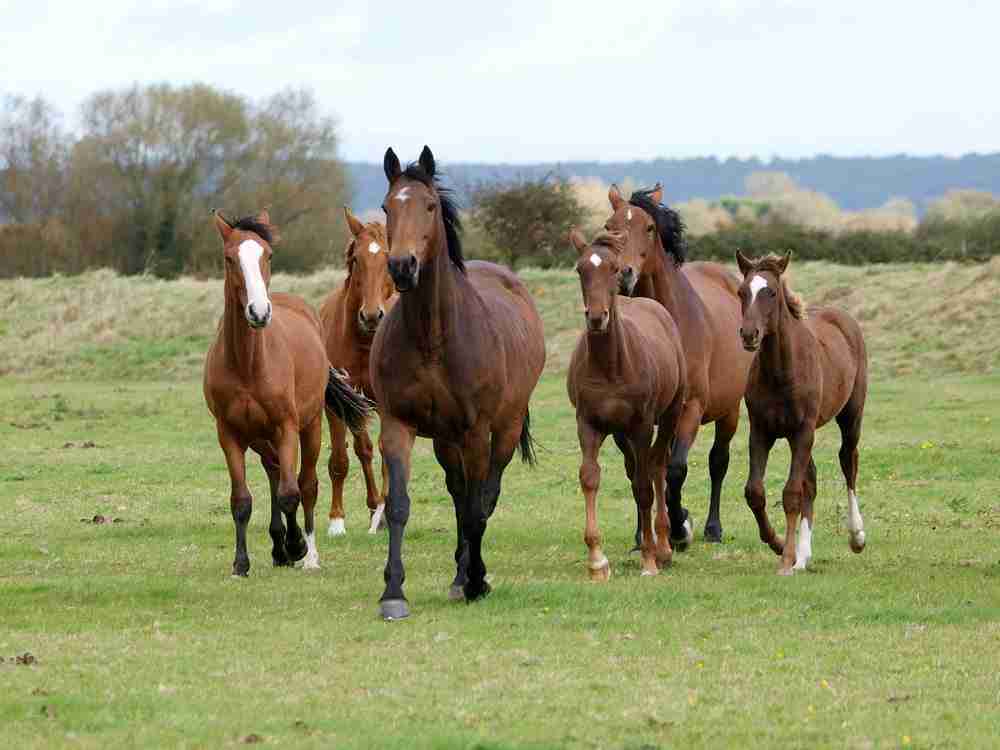
What Is A Boss Mare?
In order to clearly define what a boss mare (lead mare) is able to accomplish and implement within a herd, we should better establish what a boss mare is. By doing this, we will be able to comprehend, in fact, how she is able to dominate and lead.
In normal regards, a mare is an adult female horse that is over three years of age. However, in thoroughbred horse racing, a mare Is defined as being more than four years old.
A boss mare, also commonly known as a “lead mare” or “alpha mare,” is typically an older mare within a herd. Consider that a herd of wild horses usually consists of one to five stallions, a group of mares, and their offspring, which will be broken up into several smaller “bands” that will share a territory. The number of horses (mostly mares) that make up a herd consists of roughly 25.
Now within a herd, the boss mare is a mare that has had more experience than other mares, and she is one that has survived more threats, having gone through more close encounters. As such, the other members of the herd will respect her and fall in line with her orders in terms of the hierarchy of the herd.
Other Articles To Read:
Why Does A Boss Mare Exist?
Horses have evolved to live in herds, and establishing a hierarchical system (pecking order) is vital in these large groups in order to reduce aggression and promote group cohesion. As such, the boss mare establishes the role of “mother.”
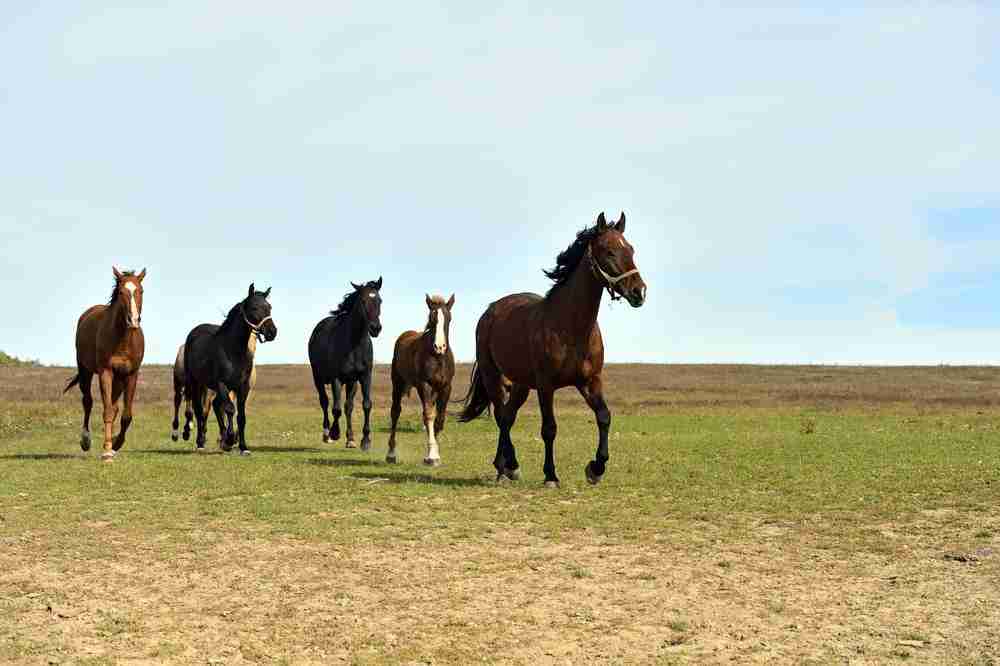
How Does A Boss Mare Control A Herd?
A boss mare takes control of the herd or establishes authority over another horse through dominance. It will help if you remember that a boss mare does not necessarily have to strength or size to lead.
This is due to the fact that horses are herd animals where dominance and hierarchy are always established through not only aggression but also behavior through attitudes.
If dominance were solely reliant on size and strength, then humans would never be able to dominate, control and ride horses. As such, boss mares do not have to be large and strong; rather, they will dominate other horses through attitude and body language.
What Will A Boss Mare Do In A Herd?
We touched on the fact that a boss mare will (through dominance) control a herd leading them to food and water, establishing their daily routine and movement, as well as overseeing the herd’s general wellbeing.
Due to her age, wisdom, experience, and extreme confidence (body language), the rest of the herd will respect the boss mare, making dominance over the herd easy, and she will accomplish this in various ways.
These characteristics of a boss mare and horses, in general, are so powerful that, in some scenarios, a faster horse will lose a race to a slower one due to body language alone.
Considering examples of how a boss mare would control a herd, she will be the first to eat and drink when leading the herd to grazing pastures or a water hole. If another horse falls out of line and attempts to cause some unruliness by eating or drinking before she does, the boss mare will show dominance by pinning her ears back, biting, kicking, and in some cases fighting.
This behavior can also be seen when a new horse is introduced into the fold and has to learn where its place is amongst the herd.
Additionally, a boss mare will also bring peace and promote a stress-free environment. This can be seen by the herd being less restless and sleeping better when the boss mare is in sight or within the group.
A boss mare will also look out for the safety of the herd by leading them away from any dangerous situation while the stallion takes on the role of fighting (if this needs to be done) or by leading the herd from the rear of the pack.
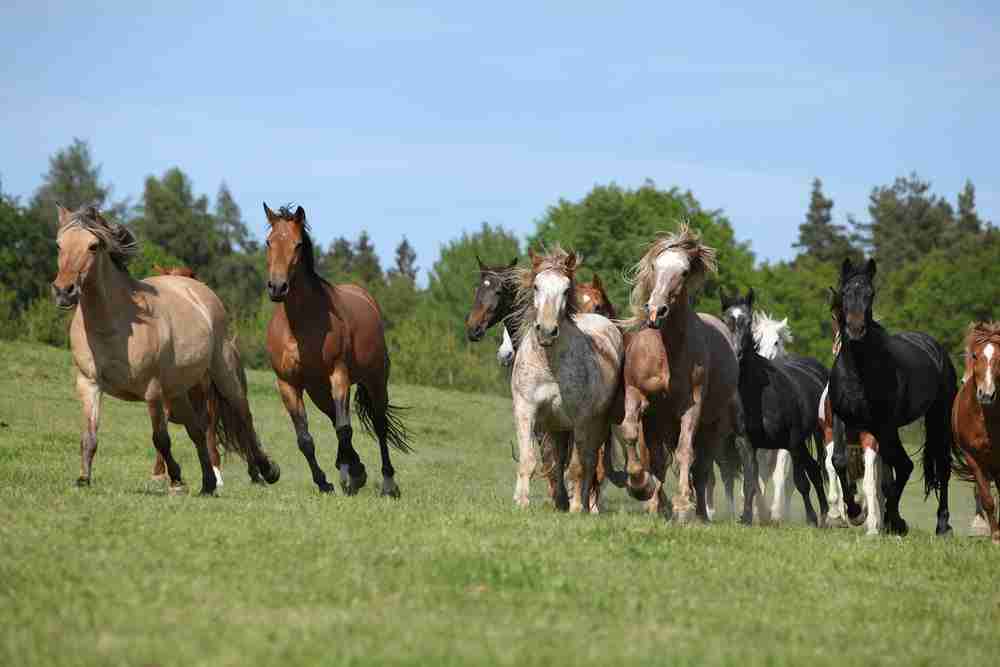
Does A Boss Mare Lead Other Horses?
It was widely regarded (since the 1970s) that the boss mare was responsible for directing the movement of the herd to various grazing areas and water sources. In many regards, this theory is still considered today and used broadly in many training sessions.
However, a study that Dr. Konstanze Krueger did on three groups of feral horse herds considered that this might not be the case.
Krueger and three assistants observed these three groups that were made up of horses ages between 1 and 23 with a well-established hierarchy noting each member’s rank.
They observed these groups over two different periods that were one year apart and found two types of behavior that they deemed to be;
- Herding
- Departures
They concluded that only stallions exhibited herding behavior, which occurred in all instances when the stallions undertook this action. However, mares of all ranks showed departure behavior that would successfully draw out and lead other horses from the herd into following them.
Although mares of all ranks exhibited this type of behavior, it was observed that lower ranking members of the herd were more likely to follow the departing horse.
Due to this study, Krueger suggested that perhaps leadership within a herd was shared, and the hierarchy of the group was governed by instantaneous (minute-to-minute) factors rather than being controlled by a dominant leader (the boss mare).
How Do You Control A Boss Mare?
Being able to control the boss mare (and the stallions) will primarily mean that you essentially have control over the entire herd if need be. However, this task could be quite an undertaking if you do not know what you are doing and due to the fact that the boss mare (as the term infers) is controlling in her own right.
There are methods you can utilize to establish dominance over a boss mare, and one that is highly effective and cruelty-free is by establishing positive reinforcement.
For example, at feeding time, try to manifest patience in the boss mare by making her wait for her food (feed or grain). Place her in a confined area and place her food in the feed pan. Make her wait to eat her food by pushing her head away gently. If she starts to become restless, take the food pan away and start again when she is calmer.
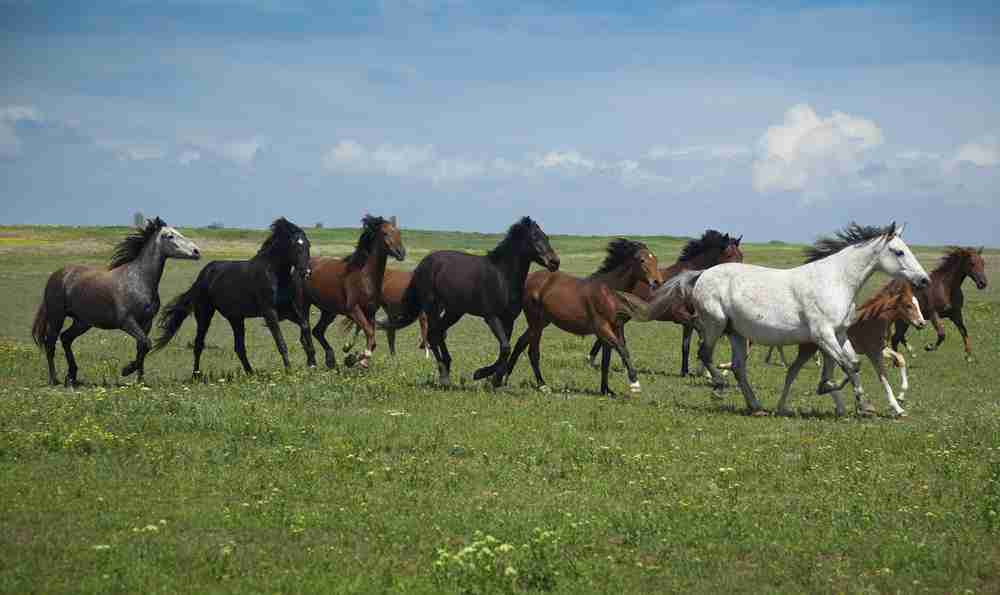
Conclusion
We discovered that a boss mare is a leader of a herd of horses and one that is female. Like the stallion (the male leader) whose role in a herd is to provide protection and produce more foals, so does a boss mare have her role in a herd.
A boss mare is typically a mare that is more mature and has more experience than other mares in the herd. Essentially a boss mare’s role in a herd is to act like a “mother,” keeping all the other horses in the group in check. She will accomplish this by establishing dominance over the other horses through attitude and body language.
A boss mare in no regard has to be stronger, bigger, or more physically fit to take on the role of the lead mare.
Resources






